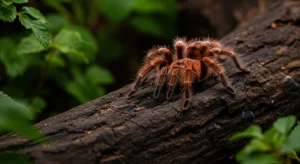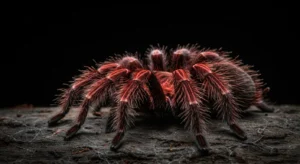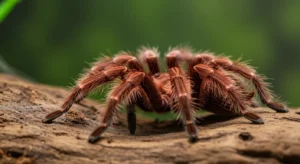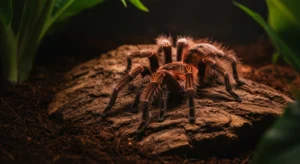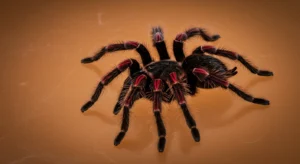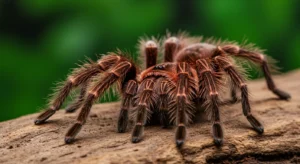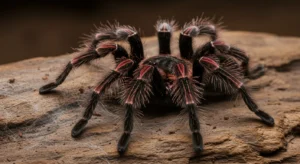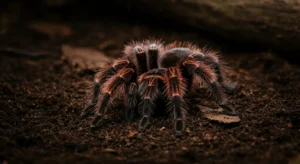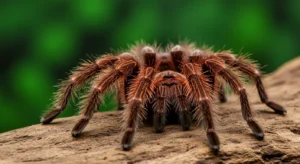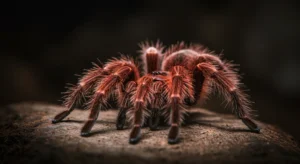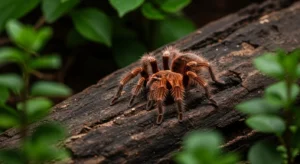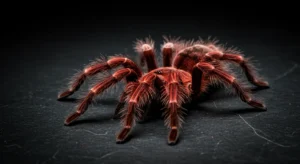Chilean Rose Tarantula Venom: How It Affects Prey and Humans (in Detail)
Introduction: Understanding Tarantula Venom
All tarantulas possess venom, delivered through their chelicerae (fangs). This venom is a crucial tool for subduing prey and plays a role in digestion. However, the potency and effects of tarantula venom vary significantly across species. For the Chilean Rose Tarantula (*Grammostola rosea*), a New World species, the venom’s impact is relatively mild, especially concerning humans.
Venom Composition
Tarantula venom is a complex cocktail of substances, primarily proteins and peptides. Key components often include:
- Neurotoxins: These target the nervous system of prey, causing paralysis. Specific toxins often affect ion channels (like sodium, potassium, or calcium channels) crucial for nerve function.
- Enzymes: Such as hyaluronidase, which helps break down connective tissues, allowing the venom to spread more effectively. Other enzymes begin the process of pre-digestion.
- Other Molecules: Various peptides and smaller molecules contribute to pain, tissue breakdown, and paralysis in prey.
The exact composition varies greatly between species, influencing venom potency and specific effects. Extensive research on spider venoms, including those of tarantulas, is ongoing, detailed in resources like Wikipedia – Spider Venom.
How Venom Affects Prey
When a Chilean Rose Tarantula bites its typical prey (insects, other arthropods):
- Envenomation: Venom is injected through hollow fangs into the prey item.
- Paralysis: Neurotoxins quickly disrupt the prey’s nervous system, leading to rapid paralysis. This prevents the prey from escaping or potentially harming the tarantula.
- Pre-Digestion: Enzymes in the venom begin breaking down the prey’s tissues externally. The tarantula then secretes digestive fluids onto the prey and sucks up the liquefied meal.
The entire process of how tarantula venom paralyzes prey is highly efficient for capturing and consuming their food.
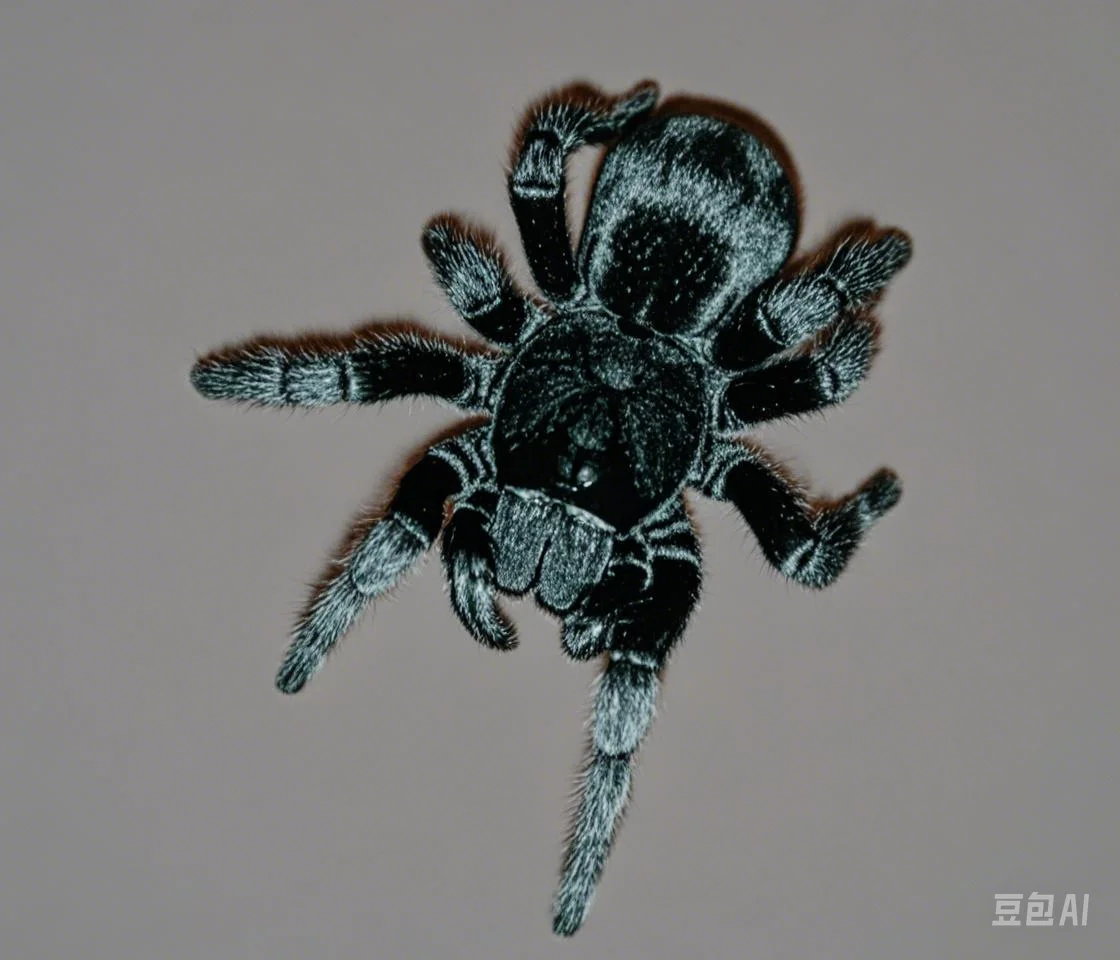
The Bite Mechanism
Tarantulas have large chelicerae that articulate vertically (orthognath), striking downwards. They physically puncture the prey’s exoskeleton or skin while simultaneously injecting venom.
Effects on Humans
A bite from a Chilean Rose Tarantula (*G. rosea*) to a human is generally considered **not dangerous**, although it can be painful due to the mechanical puncture from the large fangs.
- Mechanical Pain: The physical penetration of the fangs causes immediate pain, similar to a deep pinprick or injection.
- Venom Effects: The venom itself typically causes localized symptoms:
- Mild to moderate burning or stinging pain at the site.
- Redness and swelling around the bite area.
- Itching may develop as it heals.
- Less commonly, mild muscle cramping near the bite site might occur.
- Duration: These symptoms usually peak within a few hours and largely resolve within 1-3 days.
The typical [Chilean rose tarantula bite effects on humans](https://www.lopehare.com/tarantula-medical-information/) are comparable to a bee or wasp sting.
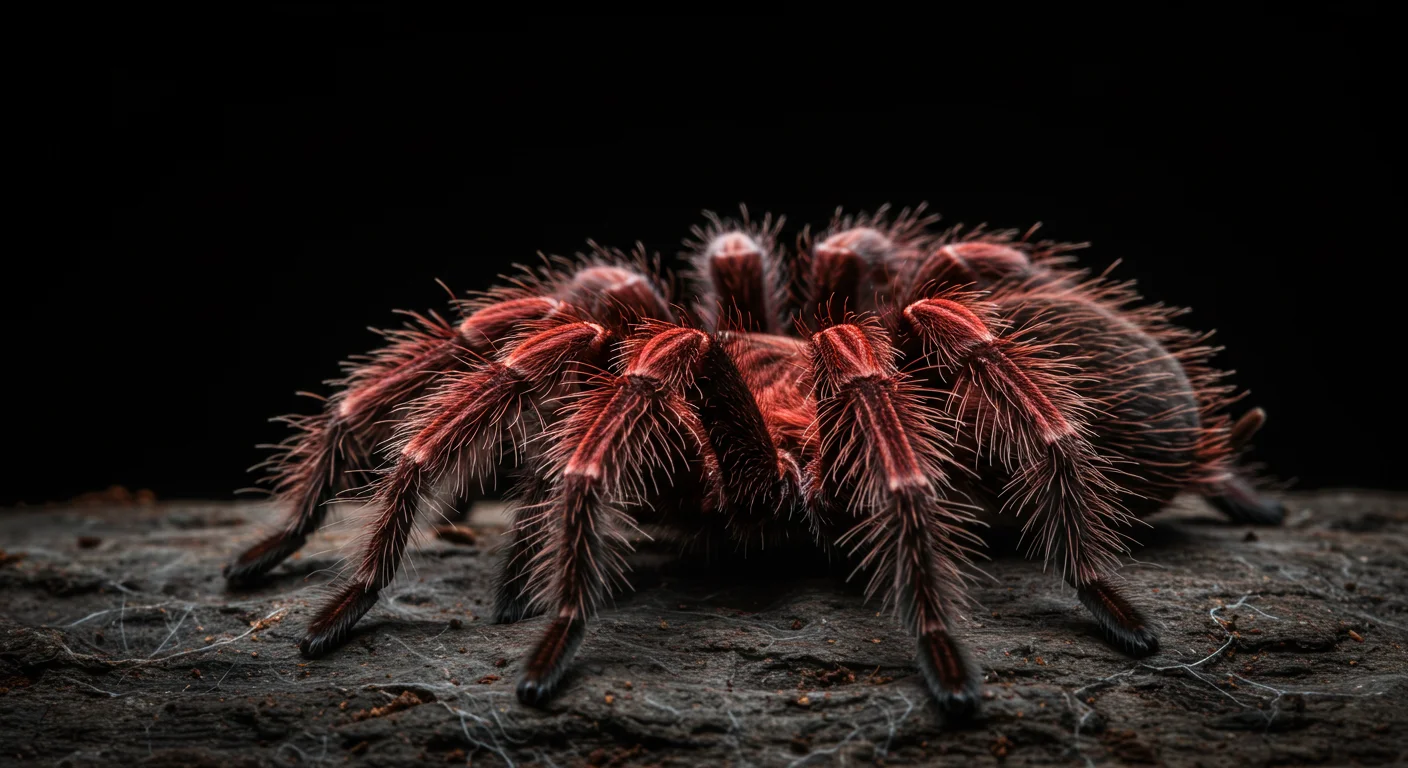
Medical Significance (or Lack Thereof)
For most healthy adults, a *G. rosea* bite requires only basic first aid: cleaning the wound with soap and water, applying a cold compress to reduce swelling, and taking over-the-counter pain relievers if needed. Medical attention is usually unnecessary unless symptoms are severe, persist unusually long, show signs of infection (increasing redness, warmth, pus), or if an allergic reaction is suspected.
Old World vs. New World: It’s crucial to distinguish between New World tarantulas (like *G. rosea* from the Americas) which generally have milder venom but possess urticating hairs, and Old World tarantulas (from Africa/Asia/Europe) which lack urticating hairs but often have more potent venom that can cause more significant systemic effects in humans.
Allergic Reactions
As with bee stings or any foreign protein injection, a small percentage of people might have an allergic reaction to tarantula venom. Signs of a systemic allergic reaction (anaphylaxis) require immediate medical attention and can include:
- Difficulty breathing or wheezing
- Swelling of the face, lips, tongue, or throat
- Hives or rash spreading across the body
- Dizziness or fainting
- Nausea or vomiting
Severe allergic reactions to *G. rosea* bites are considered very rare.
Urticating Hairs: The Primary Defense
It’s important to remember that for Chilean Rose Tarantulas, the primary means of defense against large potential threats (like humans) is **not** their bite, but their Type III urticating hairs. They flick these barbed hairs from their abdomen, which cause intense itching and irritation upon contact with skin or mucous membranes. This is a far more common negative interaction than an actual bite.
Conclusion
The venom of the Chilean Rose Tarantula is a potent tool designed to quickly paralyze and begin digesting small invertebrate prey. For humans, however, the venom is mild, typically causing only localized pain, swelling, and redness comparable to a bee sting. While bites should be avoided through respectful handling (or preferably, no handling), they are not considered medically significant for most people. The tarantula’s urticating hairs pose a more frequent, albeit less dangerous, nuisance to keepers.
Information compiled from toxinology resources and established knowledge within the tarantula keeping community.
